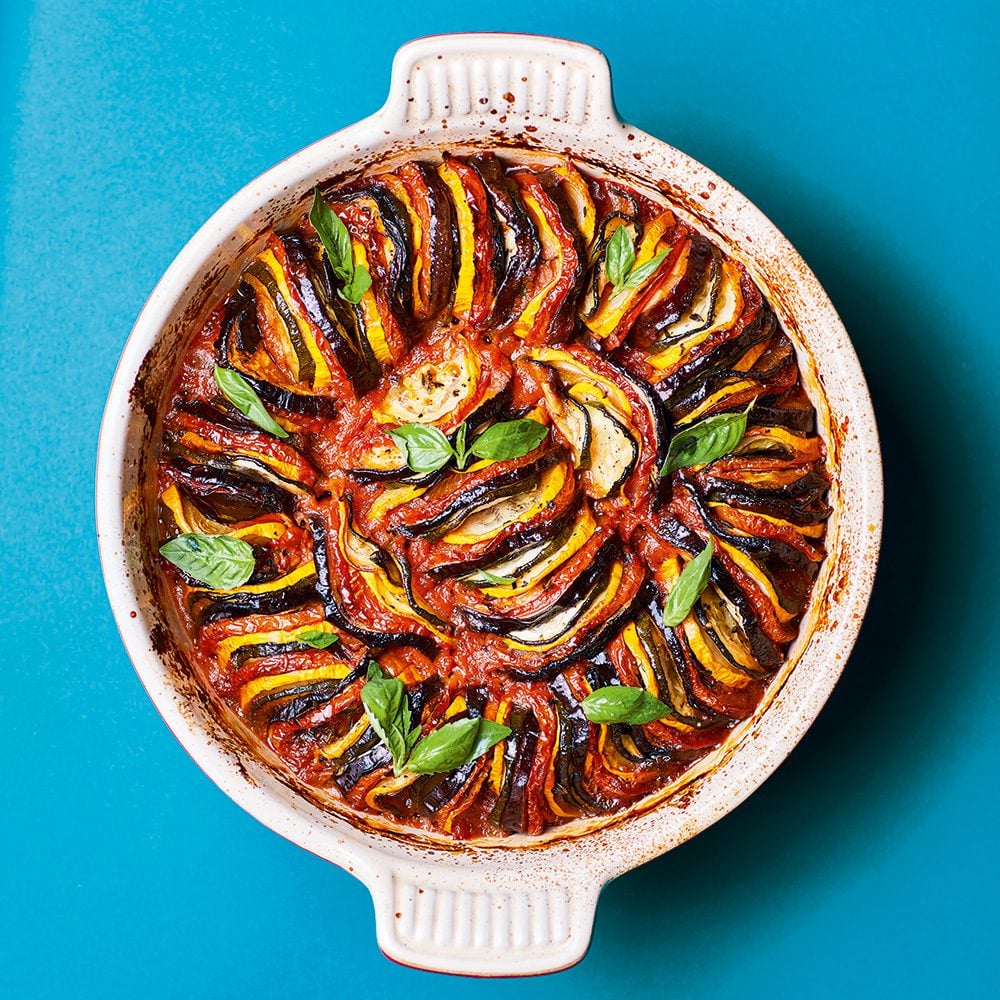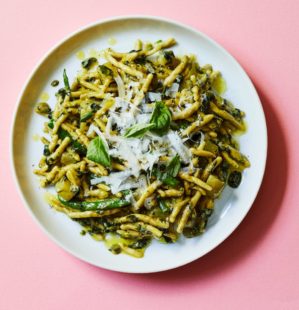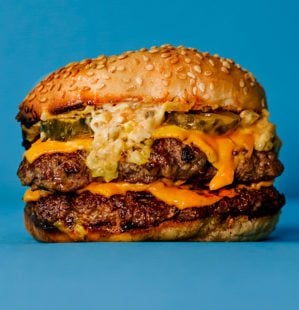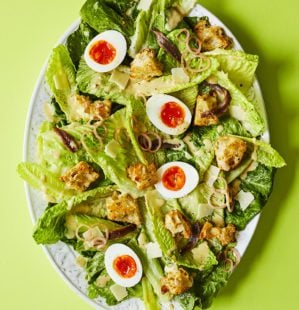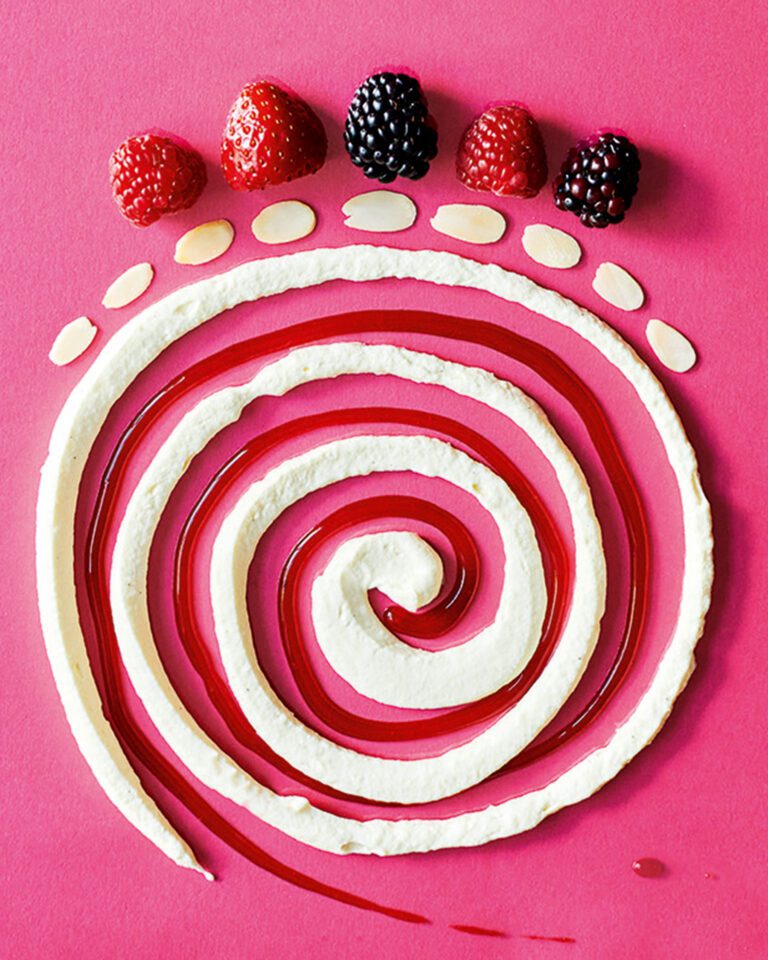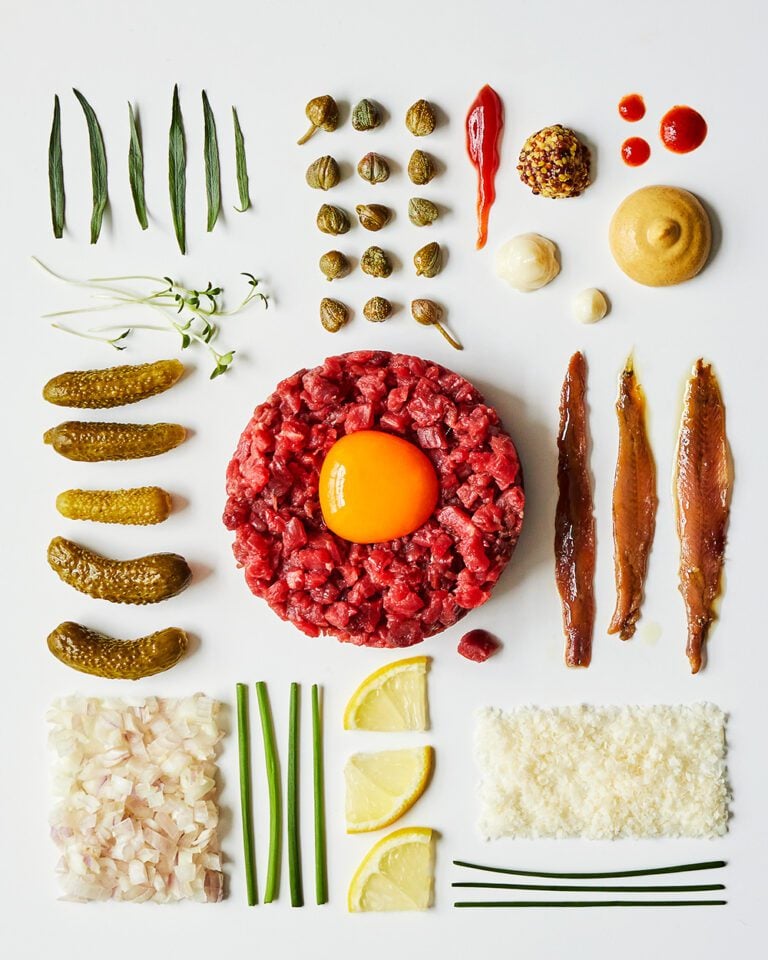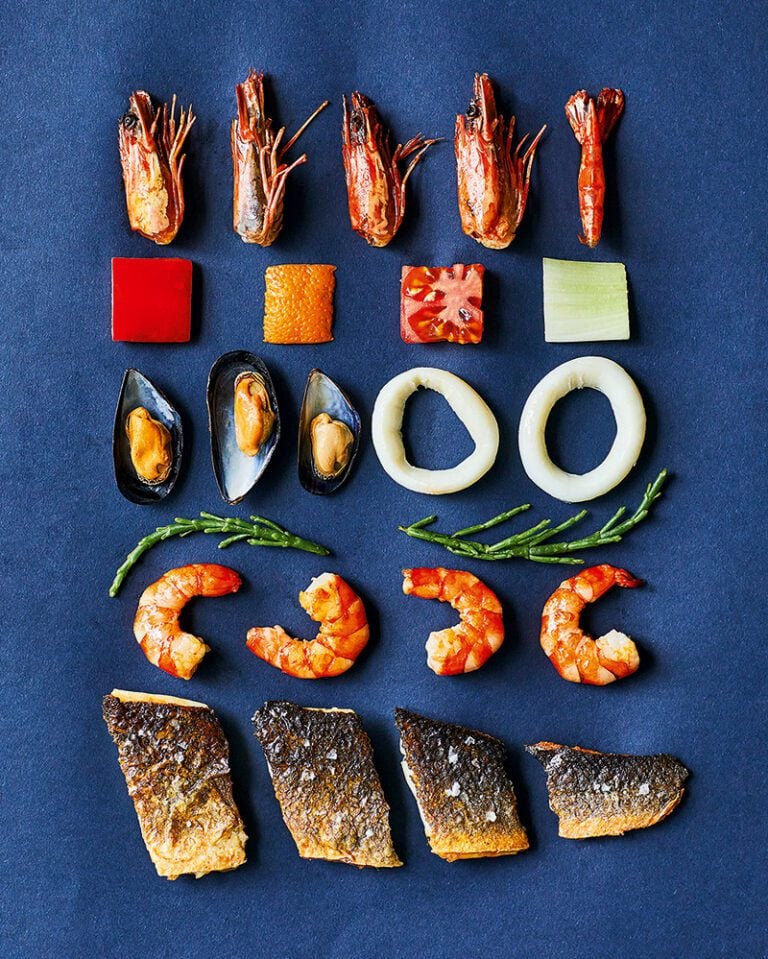Best of the best: how to make the ultimate ratatouille
Exactly which vegetables belong in a ratatouille? Should the dish be baked or cooked on the hob? And how was the recipe originally made? Discover how to make great ratatouille, the classic French Provençal dish, right here.
Our best of the best series takes the view that if something’s worth doing, it’s worth doing right. Each month we examine a classic dish, delving into the processes and analysing why it tastes so good, then we give you our ultimate recipe. This month: Pollyanna Coupland serves up her take on a French favourite. This way to ratatouille perfection…
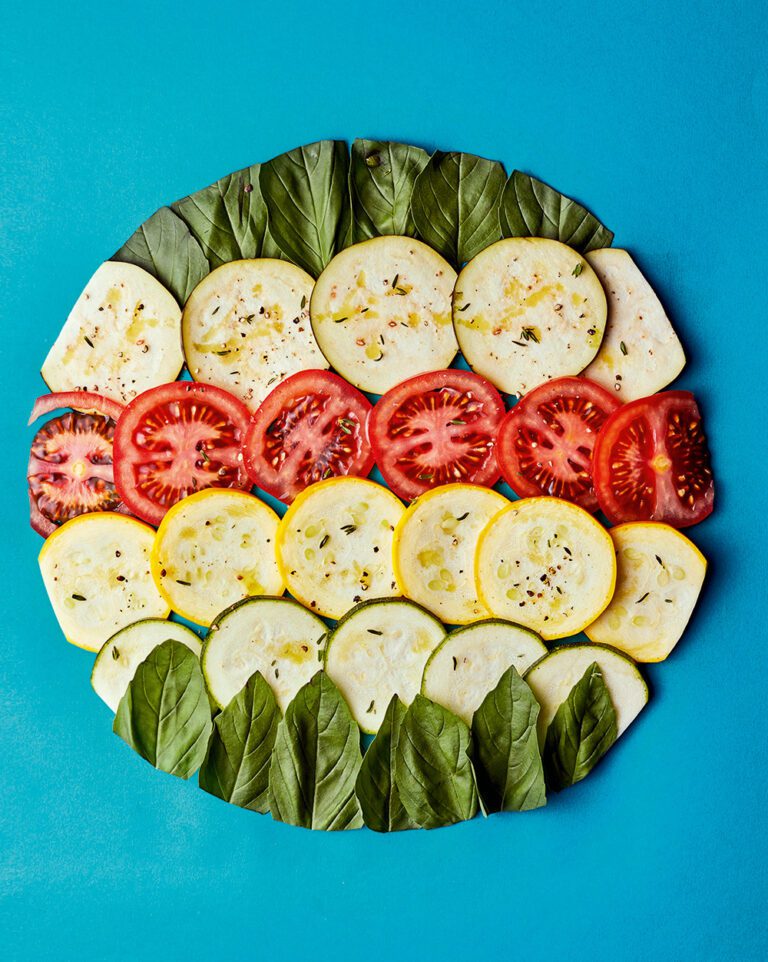
Ratatouille is a simple dish at heart – seasonal summer vegetables in a tomato sauce – but like most classic recipes that seem simple, it takes skill and technique to create so much flavour. It’s not just a random collection of vegetables thrown together in a pan and cooked until soft. Done well, using the correct veg at their peak and given the attention it deserves, ratatouille is a glorious expression of French summertime flavours.
The big questions, though, are exactly which vegetables belong in a ratatouille? And should the dish be baked or cooked on the hob? Is Remy the Rat’s version from the Disney Pixar film the ultimate in ratatouille cookery? After falling down a rabbit hole researching the history of French haute cuisine and playing around with various versions, I’ve landed on my ultimate version of this Provençal classic.
Should ratatouille be stewed or baked?
The original ratatouille was a core part of southern French peasant cooking in the 18th century, most likely originating in Nice. It generally consisted of a combination of fried courgettes, onions, peppers and aubergines, all stewed down with tomatoes. Although, as is often the way, there were many variations based on what was available.
In the 1970s, ratatouille got a bit of a makeover. Over the previous decade, a new wave of young Michelin-starred chefs had arrived on the scene. They began taking traditional French dishes and reinventing them, often in a lighter, fresher way, turning against the Escoffier codification of cuisine. The media called this nouvelle cuisine and restaurants around the world tried to follow suit – often with much lost in translation.
One of the young pioneers of this new cuisine was a chef called Michel Guérard who, after taking over a health spa, went even further and created cuisine minceur, completely rejecting the rich, often dairy-heavy dishes of classic French cuisine. In his interpretation of ratatouille, courgettes and aubergines were finely sliced and salted, arranged on top of a tomato and pepper sauce, then gently baked.
This method – which the chef called confit byaldi – became the inspiration for the dish in the film Ratatouille, by way of American super-chef Thomas Keller (as a consultant on the movie, he created the recipe based on Guérard’s dish). Animated rats aside, the modern version looks great and has a much fresher flavour. Having tried trad and modern, I can safely say that Guérard’s is better than everyone else’s and, as this is best of the best, that’s the route I’ve taken.
What is ratatouille sauce made of?
Full disclaimer: I’m not French. But if I’m looking into traditional recipes like ratatouille I do my research and never stray too far from the original. That said, a little tweak here and there can make all the difference.
When a recipe calls for a tomato sauce, my go-to is Italian food writer Marcella Hazan’s hands-off three-ingredient recipe. Simmer onion with a tin of tomatoes and a good knob of butter for half an hour and you’re left with something rich, tangy and delicious – and the perfect base for a ratatouille. I know – it’s an Italian sauce in a French dish. But I’ve amped it up with plenty of garlic, a generous amount of herbes de provence and some sweet roasted red peppers. Finally its flavours are intensified in the oven. C’est magnifique!
How to assemble ratatouille
Finely slicing and salting the vegetables instead of frying them means you can remove excess water (which concentrates their flavour) without aggressive frying. It also means you have lots of thin coins to arrange as artfully as you can be bothered to. I recommend taking the time to be as neat as you can – it turns what was originally a simple rustic stew into an impressive centrepiece, while still being pretty easy to put together. Here’s how to construct your ratatouille for the very best effect:
- Choose your vegetables according to diameter, getting them as similar as you can (think chunky courgettes, large tomatoes and slender aubergines).
- A combination of yellow and green courgettes (along with purple aubergines and red tomatoes) adds to the rainbow visuals and showcases the variety of these seasonal vegetables.
- Slice all the veg as evenly as you can – so they look uniform and cook at the same rate.
- Give the sliced veg a good salting and, for the best flavour, extract as much excess water as you can.
Let’s make best-of-the-best ratatouille! Browse the rest of our best-of-the-best recipes, including a perfect swiss roll and epic steak tartare.
Subscribe to our magazine
Food stories, skills and tested recipes, straight to your door... Enjoy 5 issues for just £5 with our special introductory offer.
Subscribe
Unleash your inner chef
Looking for inspiration? Receive the latest recipes with our newsletter
